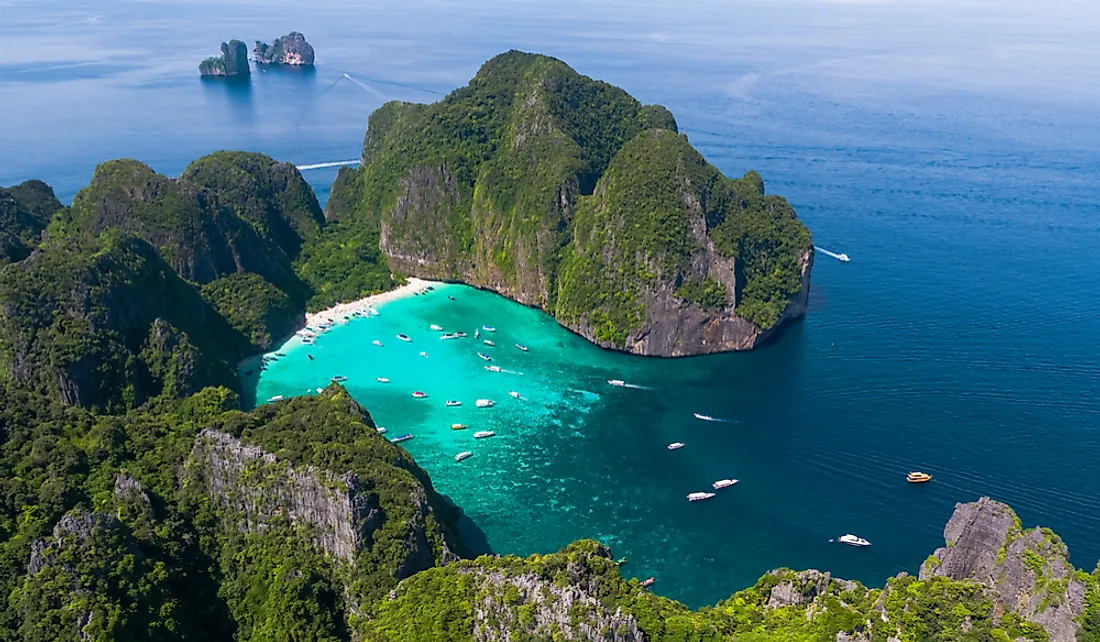What Is A Bay?

A bay refers to the coastal body of water that is depressed, connecting to another main water body such as a lake, ocean, or another bay. A gulf is a large bay and can also be referred to as a bight, sound, or sea. A small bay that has a circular inlet is called a cove while steep bays that were shaped by glacial activities are known as fjords. A bay can either be nested with each other or can be an estuary of a river. For example, Susquehanna River has the Chesapeake Bay as its estuary while Hudson Bay has James Bay as its arm situated in the northeastern part of Canada. Therefore, Chesapeake Bay is an example of an estuary of a river while Hudson Bay and James Bay act as examples of bays that are nested with each other.
Definition
According to the United Nations Convention on the Law of the Sea, a bay is a depression marked by a penetration whereby land-locked waters are contained by the proportion of the width of its mouth. In this case, to identify an indentation which is regarded as a bay, its area has to be as large as or larger than the diameter of the circle drawn at its mouth. The definition by UNCLOS helps in identifying some of the characteristics of a bay.
Formation
Bays can be formed in various ways. They also vary in size depending on the nature of their formation; large bays are normally associated with plate tectonics. Some of the world’s largest bays are the Gulf of Mexico, Gulf of Guinea, and the Bay of Bengal. These bays were as a result of the Pangaea supercontinent breaking up, leaving behind large depressions filled with sea water forming large bays. The breakage occurred along the indented curved fault lines making the continents move apart and left behind large bays. Another way in which bays form is through erosion of the coast by glaciers and rivers. A fjord is a type of bay which is formed by a glacier. On the other hand, bays formed by river erosion are known as rias and are made up of many gradual slopes. Bays are mostly formed through erosion of deposits of softer rocks. Due to the less erosion of harder rocks, headlands are left behind.
Significance of Bays
Bays are important in many ways. Strong winds and waves are blocked by the land surrounding the bays. As a result, it helps in reducing the damage which would have been caused by the waves and winds. Besides, bays were significant in the past especially in the history of human settlement. People used to settle on lands surrounding the bays due to the agricultural activities. The land around the bays was found to be a fertile area that led to the production of agricultural goods for food security. Also, bays were found to be safe places where fishing could be carried out. In the later stages, people realized that bays provided safe anchorage of ships. Therefore they became vital in the establishment of ports that led to the promotion of international trade.











